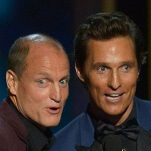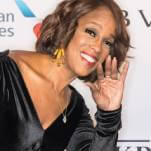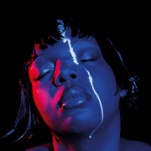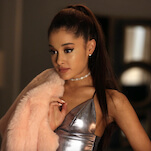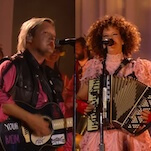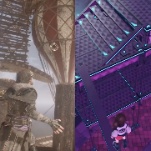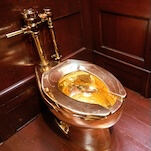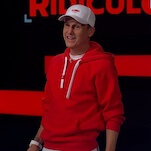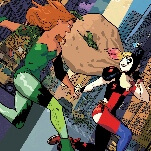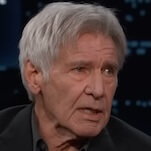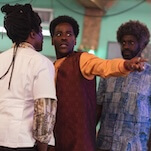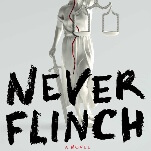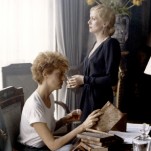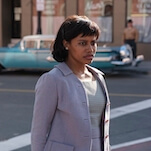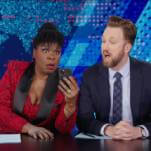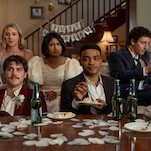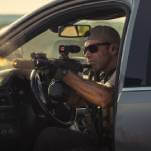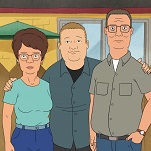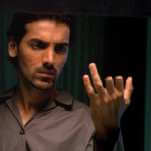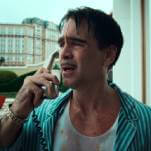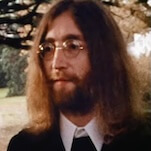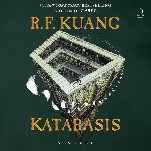Mickey Mouse In Black And White (DVD)

The earliest Walt Disney Studios animated shorts packed as much barnyard humor and crude slapstick as Disney's gagmen could shoehorn into eight minutes. After a few years of production, though, Disney began to position himself as a populist with good taste, and by the time the studio started experimenting with color and multiplane animation in the mid-'30s, his artists had developed a level of visual sophistication that didn't prove conducive to scabrous, gut-busting laughs. While rivals at MGM and Warner Bros. made low art out of cruelty and irreverence, the wildest product Disney had to offer was its Goofy shorts, which showcased the dippy man-dog in a series of zany illustrations of life's dos and don'ts. The entire 1939-62, 46-episode run of Goofy shorts has been collected on two DVDs as The Complete Goofy, part of the second wave of "Walt Disney Treasures"—an imprint through which the studio intends to make its massive archive of live-action and animated short subjects available to collectors. The series still has a relaxed charm, particularly in the "Sport Goofy" cartoons of the '40s ("The Art Of Skiing," "How To Play Baseball," "Double Dribble," and so on), in which a stuffy narrator explains proper athletic technique while a proud, confident Goofy does it wrong. At least once per installment, the narrator asks viewers to take a closer look at the Goof in motion, and the animation becomes molasses-slow, in what amounts to an impressive demonstration of the Disney crew's command of detail. Later shorts find Goofy domesticated, playing a '50s sitcom dad and schoolteacher. The same shift toward genteel suburban humor (sprinkled with pratfalls) also affected the Donald Duck and Mickey Mouse series, though only Goofy was given an actual son, which might make aficionados wonder what happened to the "How To Conceive A Child" cartoon. Along with The Complete Goofy, the second wave of Walt Disney Treasures includes Mickey Mouse In Black & White, which collects all of the Mickey Mouse shorts from 1928's landmark "Steamboat Willie" (the first sound cartoon) to 1935's "Mickey's Service Station." "Steamboat Willie" has been seen often enough to become the subject of parody, but the other early Mickeys haven't gotten as much play in recent years, which is too bad, because even Disneyphiles might be amazed by the bizarreness of the mouse's early adventures. Mickey's body was much more malleable in the late '20s: He pulls off his ears and scalp, tipping the top of his head like a cap; his tail converts into rope, fishing line, and cable, all of which crank back into his body on command. Mickey was more mischievous in those early shorts, too, stirring up trouble on a chain gang and at a carnival, where he sells anthropomorphic hot dogs. Moving into the '30s, Mickey interacts with movie stars as a peer and tells fairy stories to his nephews. The look changes with the times, too, losing the scratchy handmade feel of "Plane Crazy" and gaining the lush shading and smooth motion of "Giantland." At that point, the Disney mood changes from puckish to sweet. Walt Disney's output remains the height of American animation art, but early on, for better and worse, the studio traded comedy for nicety.


